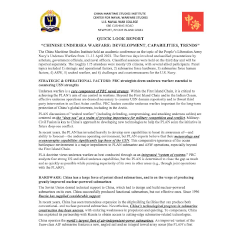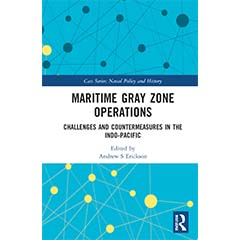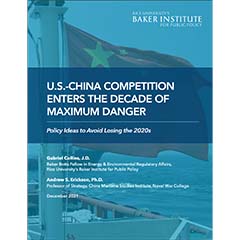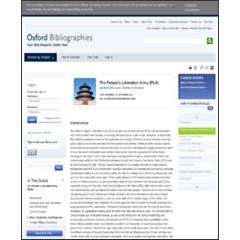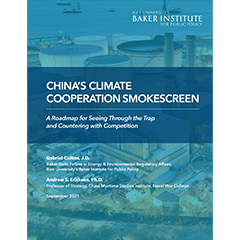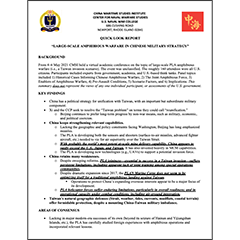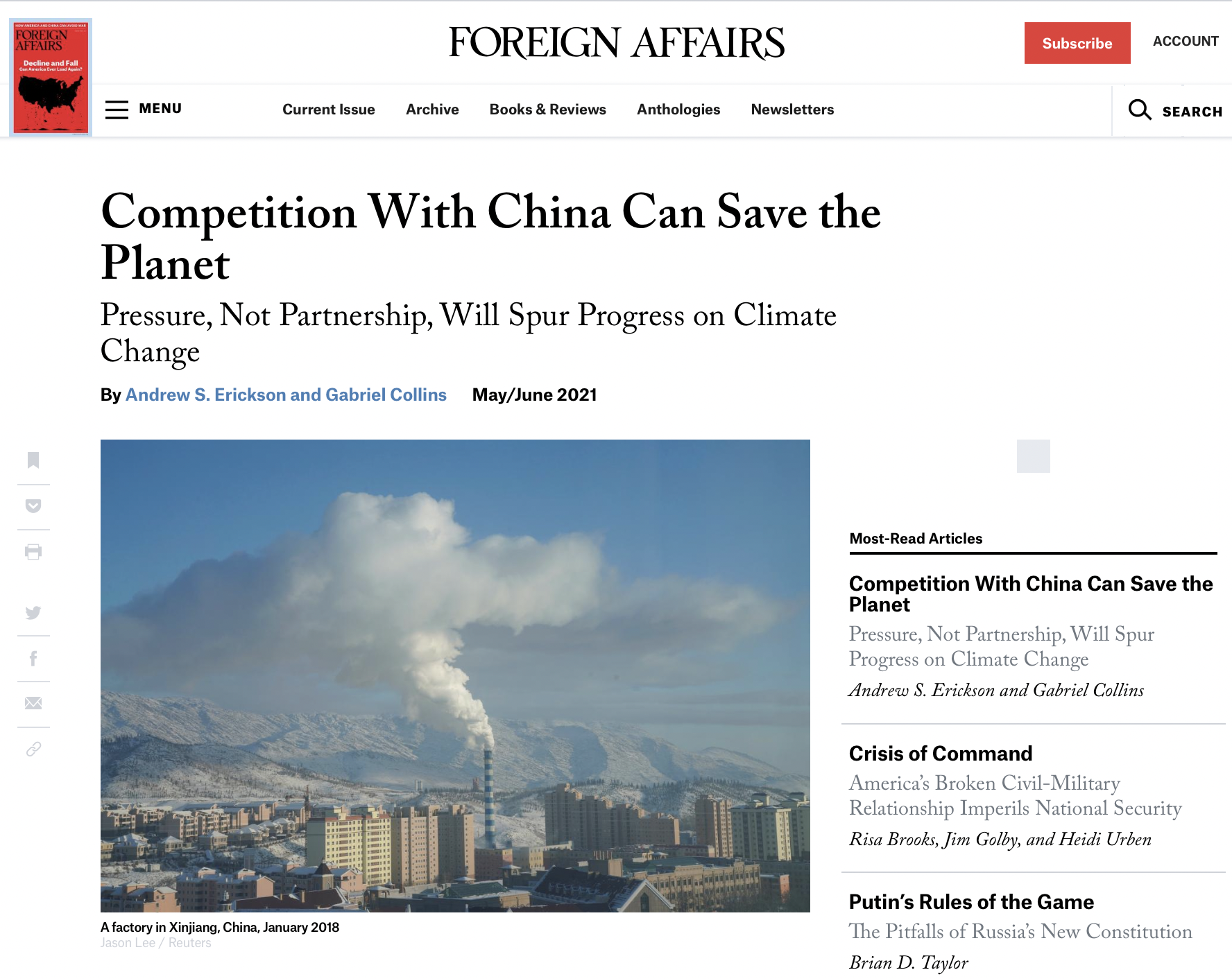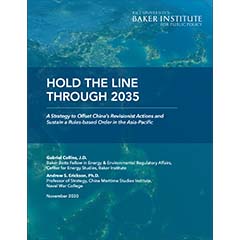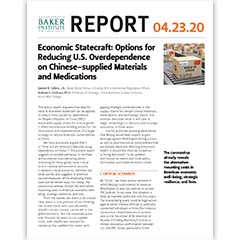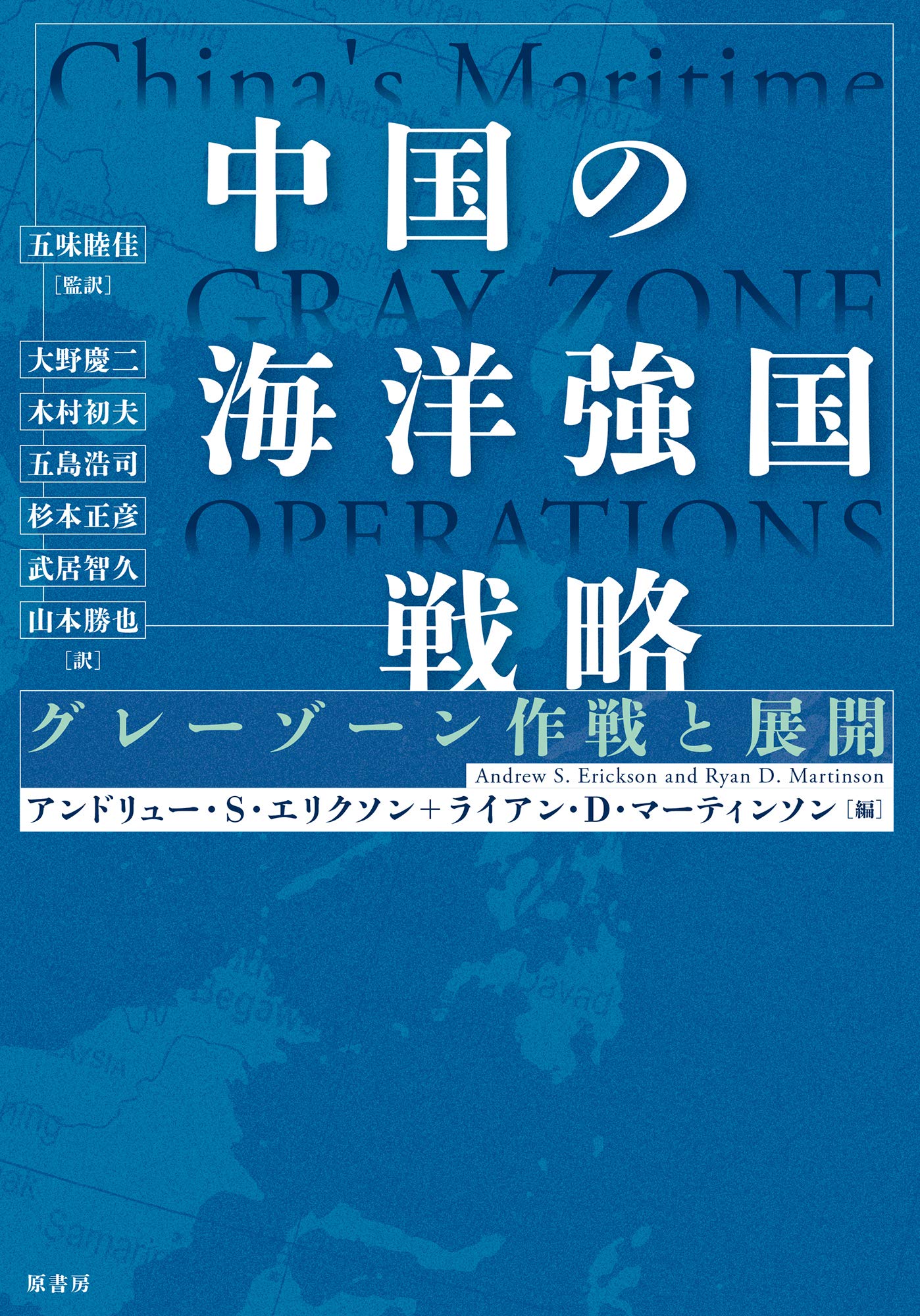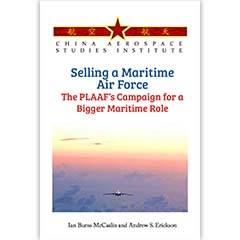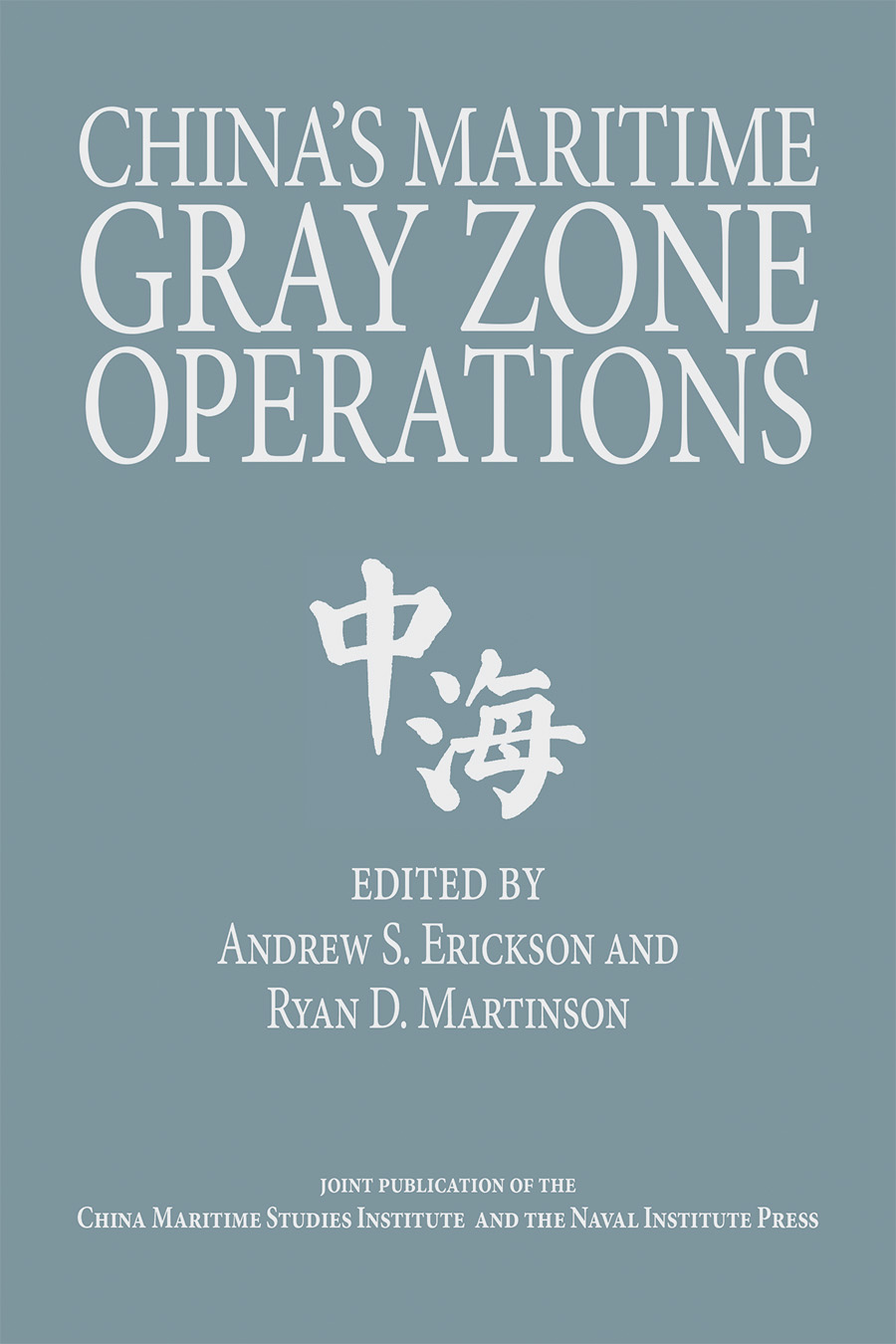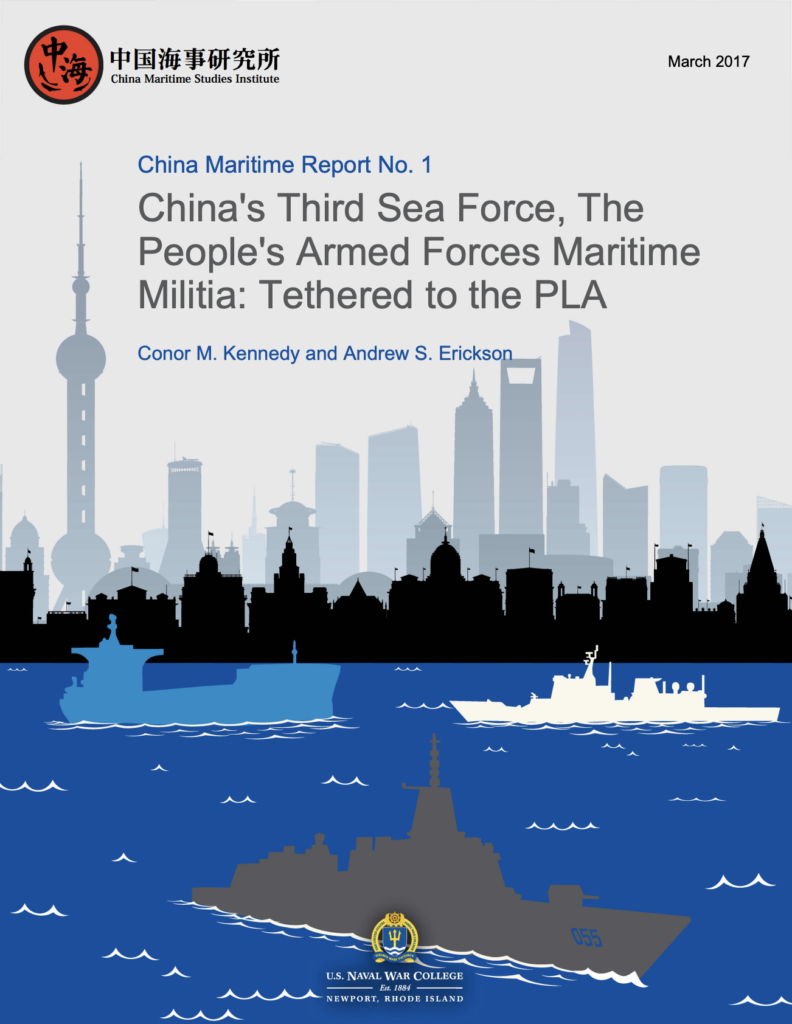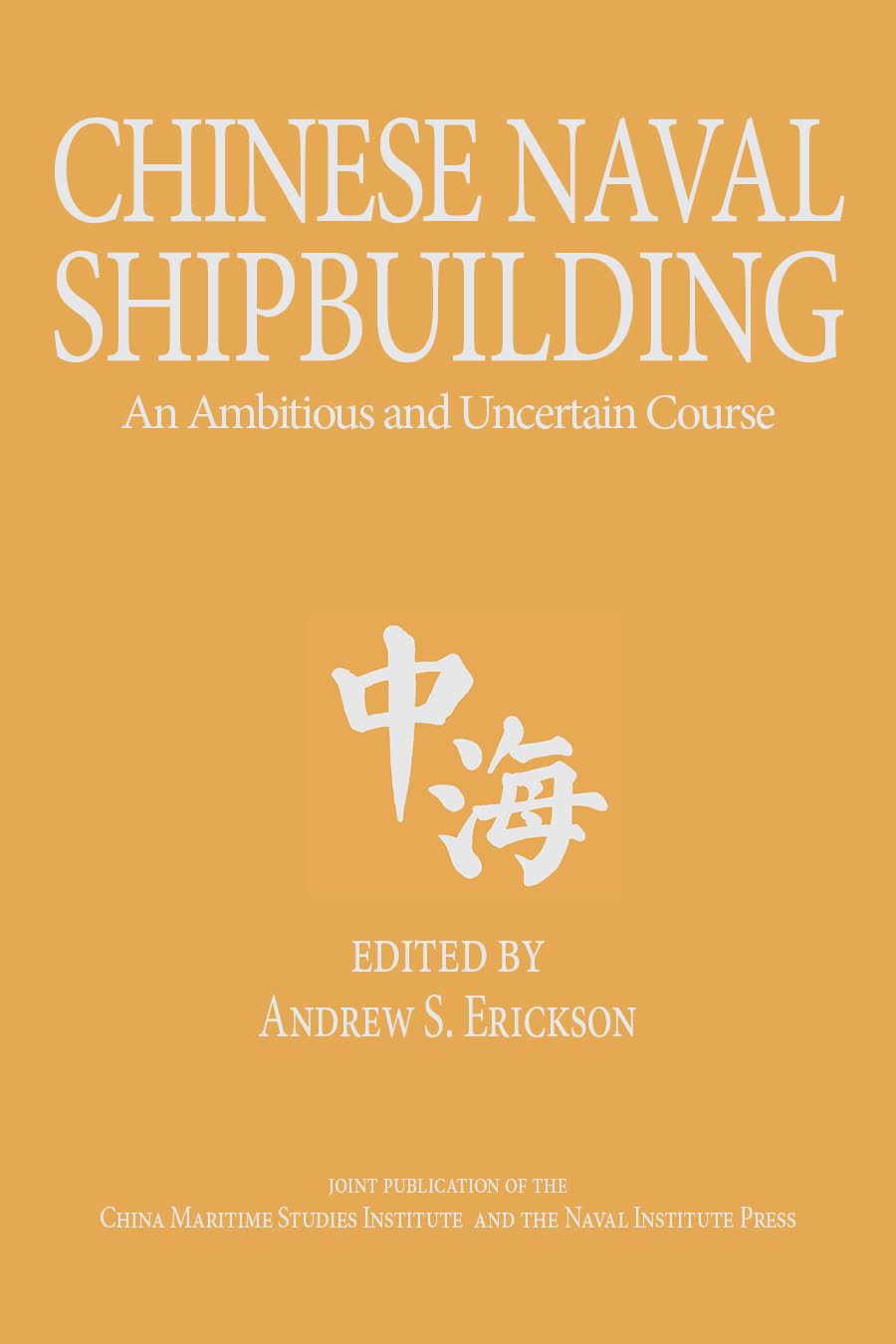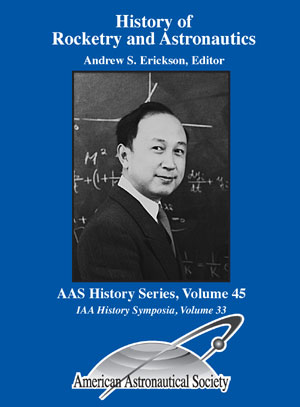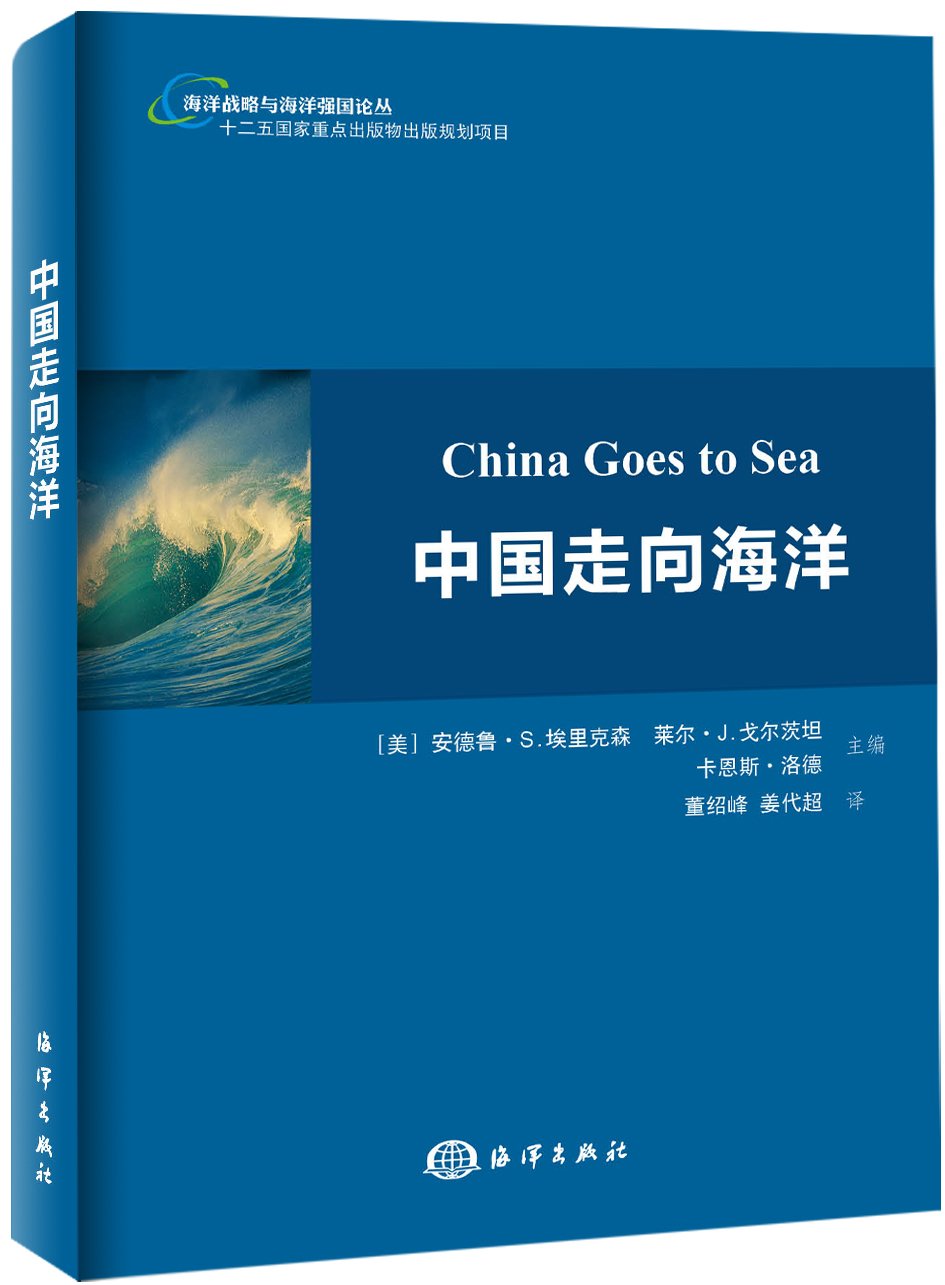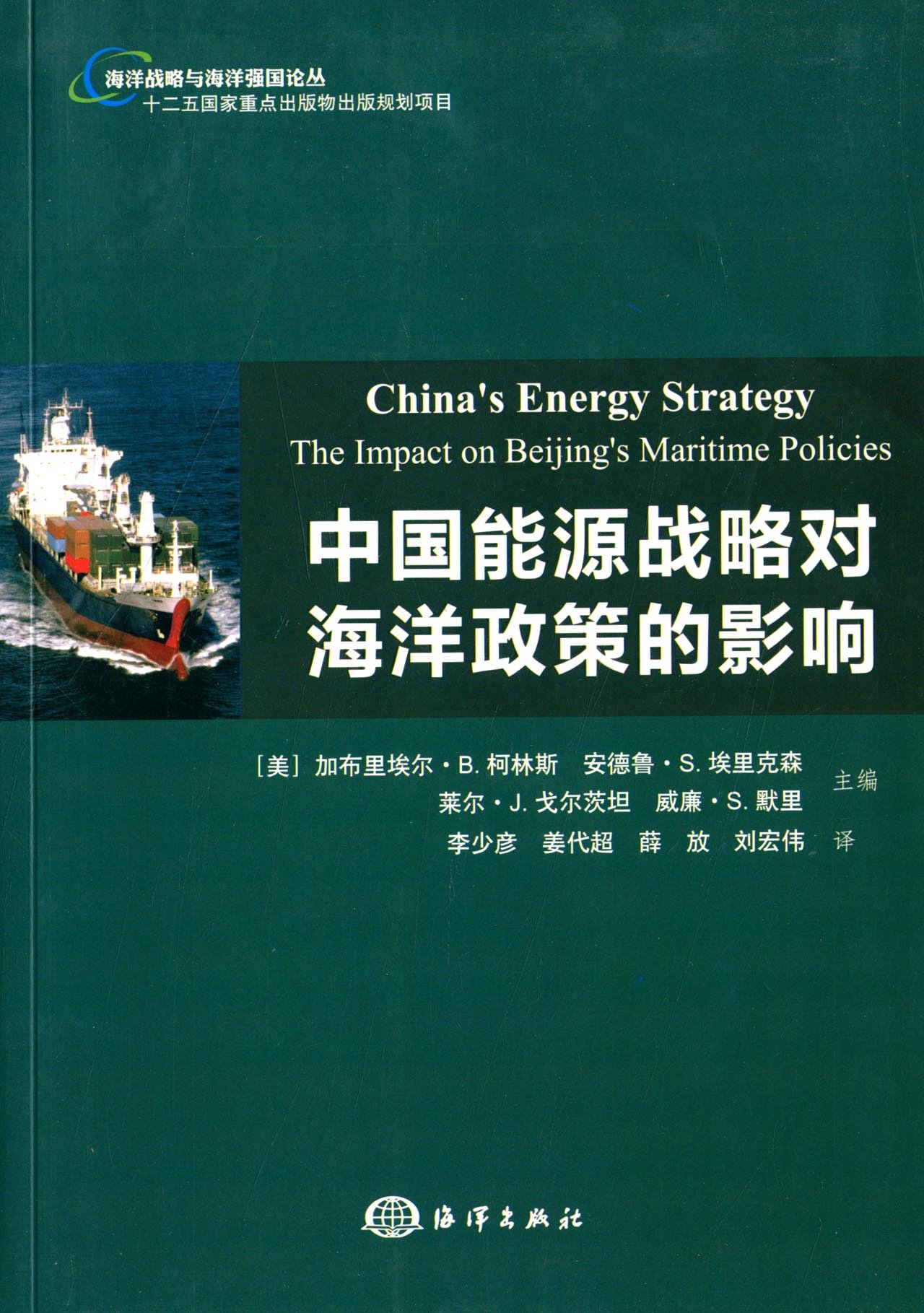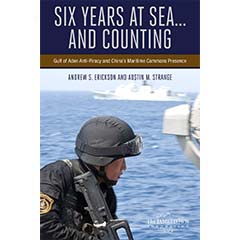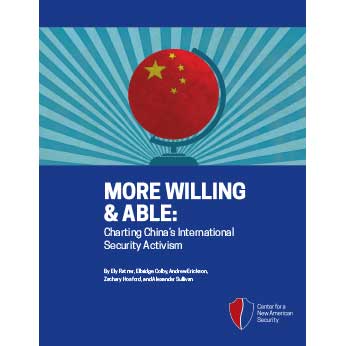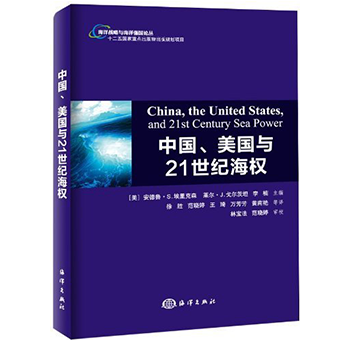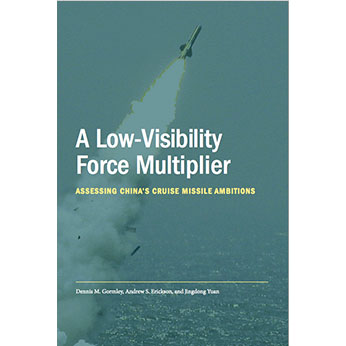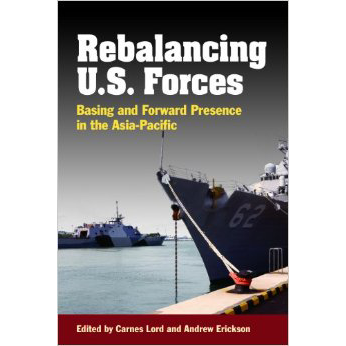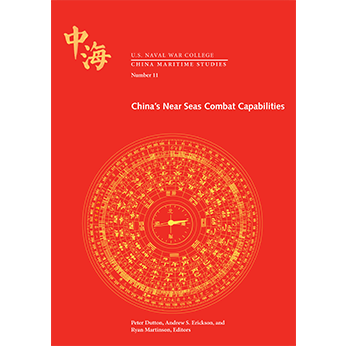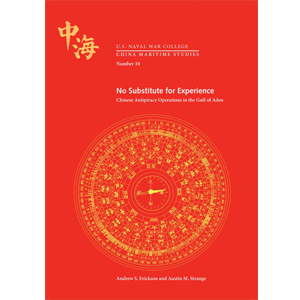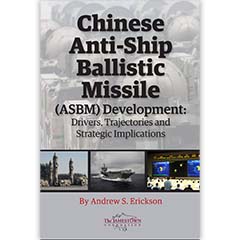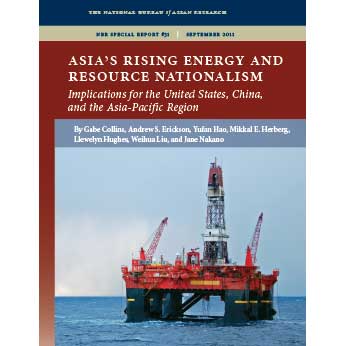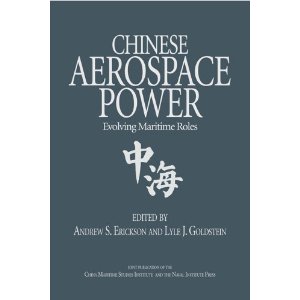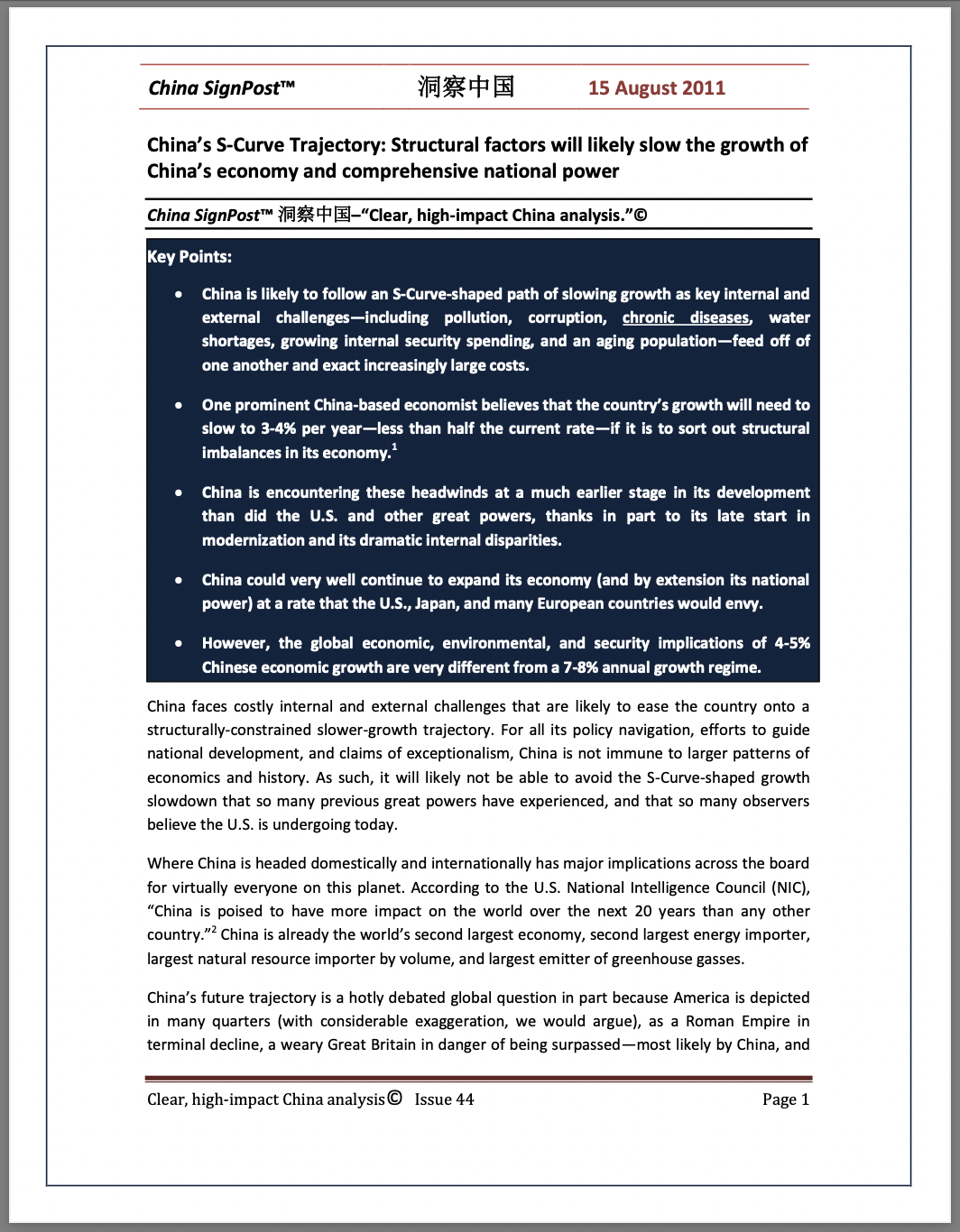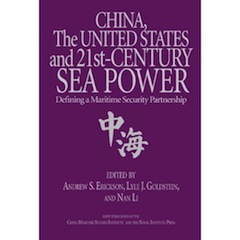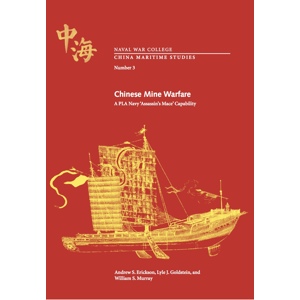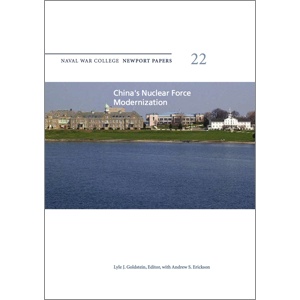A Lesson from 1958 Could Help Deter China from Taking Taiwan
Brilliant historical insights from Naval War College Professor Paul Smith!
On 4 September 1958, President Eisenhower arguably resolved the Second Taiwan Strait Crisis from just outside his special office—on the side porch of Navy Building 10, today the Naval War College Museum. Click here to watch a two-minute newsreel on YouTube.
Dr. Smith’s forthcoming book uniquely documents this pivotal and enduring history made in Newport, Rhode Island. For now, read his article here for insights that matter greatly, today!
Paul J. Smith, “A Lesson from 1958 Could Help Deter China from Taking Taiwan,” DefenseOne, 1 May 2025.
After China began shelling a nearby island, a four-pronged U.S. response led to decades of cross-strait peace.
As China applies increasing military pressure against Taiwan, it’s worth considering an earlier era when conditions were much worse. In the fall of 1958, four countries—United States, Soviet Union, People’s Republic of China and the Republic of China (Taiwan)—found themselves on the brink of nuclear war. The incident, which would later be known as the second Taiwan Strait Crisis, led to a rupture in Sino-Soviet relations and altered the trajectory of the Cold War. Revisiting it reminds us of an element of deterrence that is getting short shrift today.
The crisis began on Aug. 23, 1958, when China began shelling the offshore islands known as Quemoy (Jinmen, 金門, in Mandarin Chinese). At the time, President Eisenhower and his family were preparing for a vacation in Newport, Rhode Island, and the Navy had set up a special office for the president at the Naval War College—in Building 10, today home to the school’s museum.
In early September, Eisenhower summoned John Foster Dulles to fly up from Washington and to meet him at the U.S. naval base at Newport. According to White House records, Dulles arrived in Newport and on Sept. 4 “conferred with the President on the situation at Quemoy and Formosa [Taiwan] from 10:29am until 12:10pm.”
Also attending the meeting were Joseph Greene, special assistant to the Secretary of State, Brig. Gen. Andrew J. Goodpaster, military adviser to the president; James Hagerty, the White House press secretary; and Captain E.P. Aurand, Eisenhower’s naval aide. Later that day, Dulles issued the Newport statement, in which he asserted eight points regarding America’s response to Chinese aggression in the Taiwan Strait.
The statement emphasized that the U.S. was “bound by treaty” to help to defend Taiwan—the main island and the Pescadores [Penghu] Islands—from “armed attack,” while the Formosa Resolution of 1955 granted the President additional powers to protect “related positions,” such as Quemoy and Matsu. … … …







